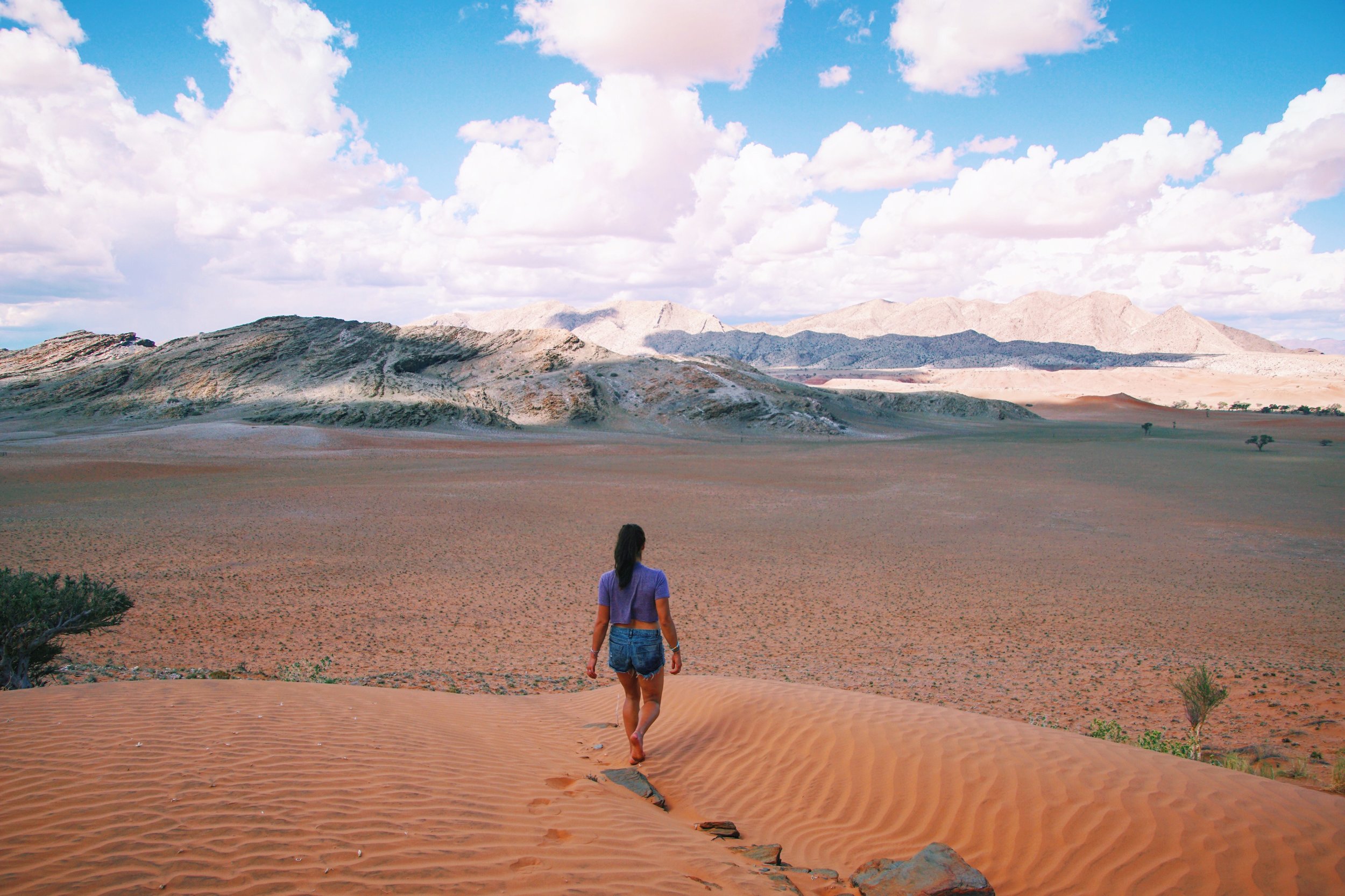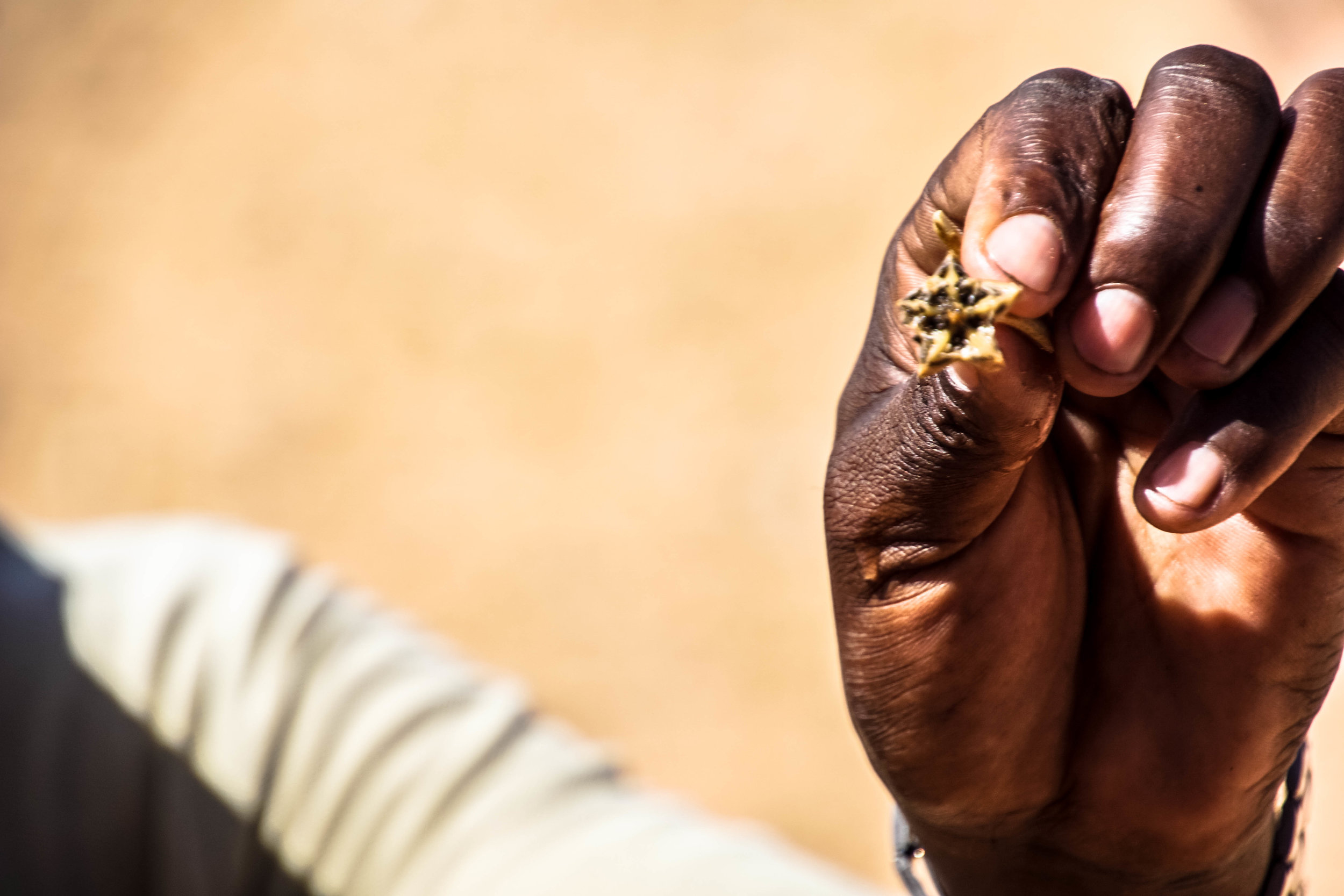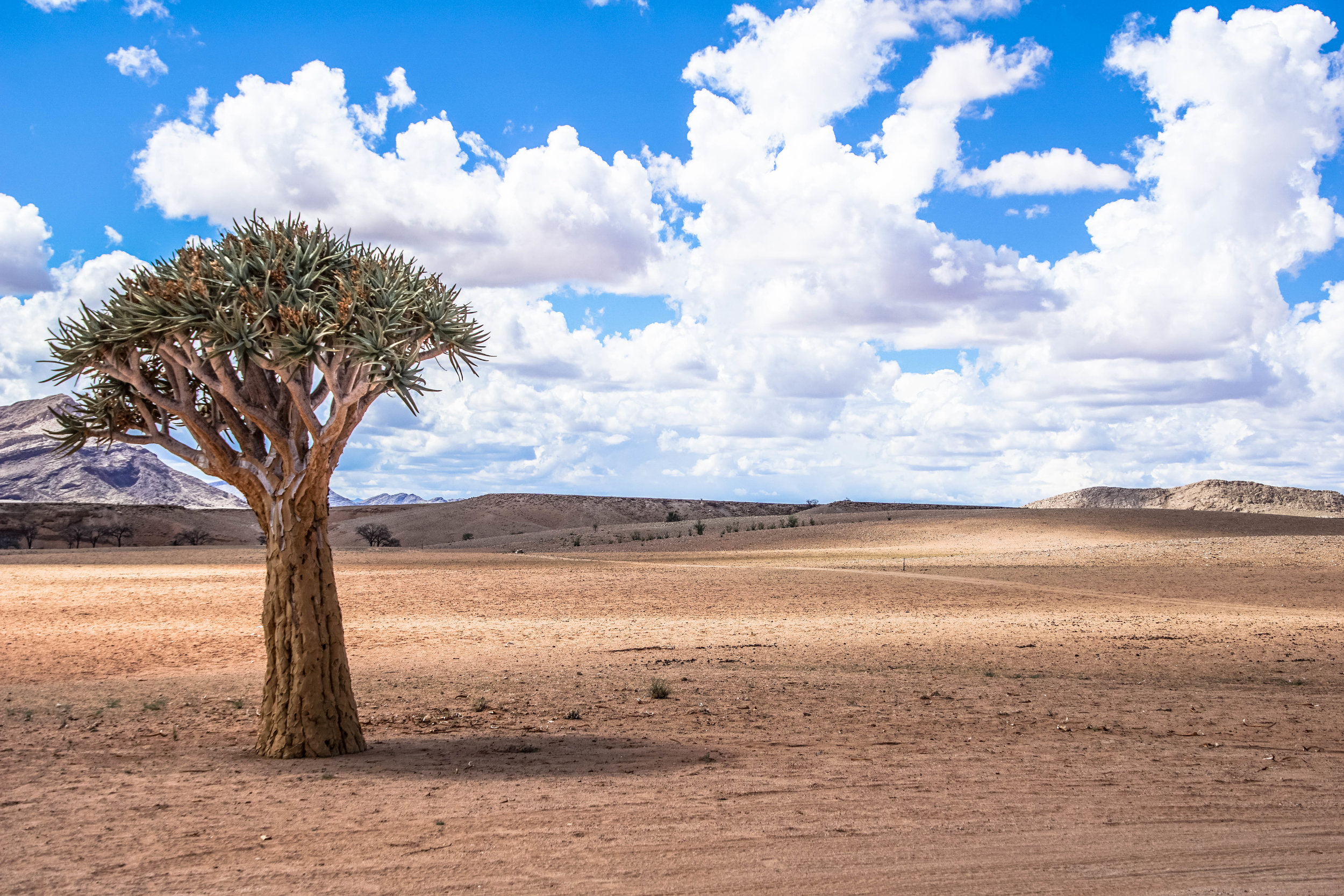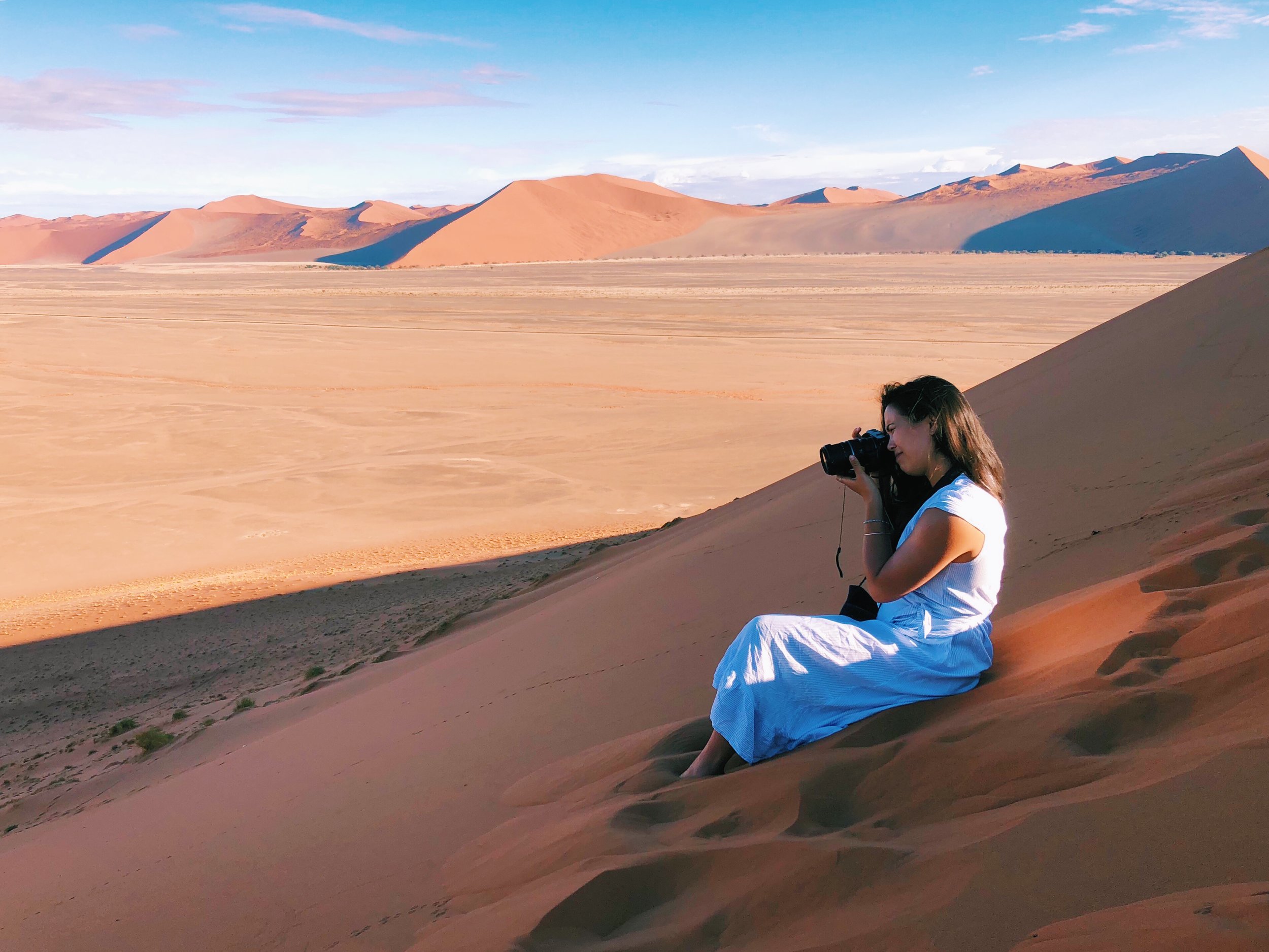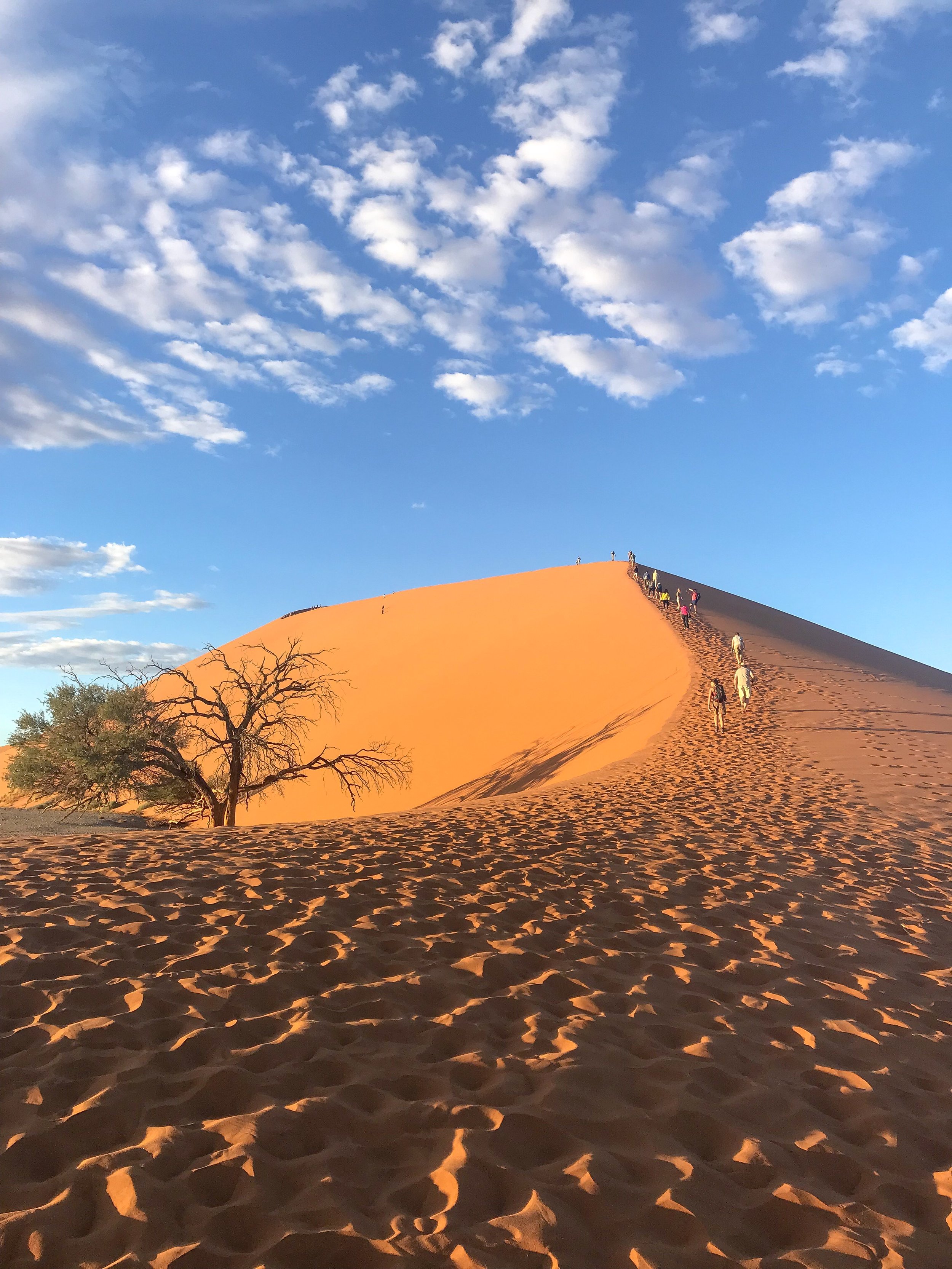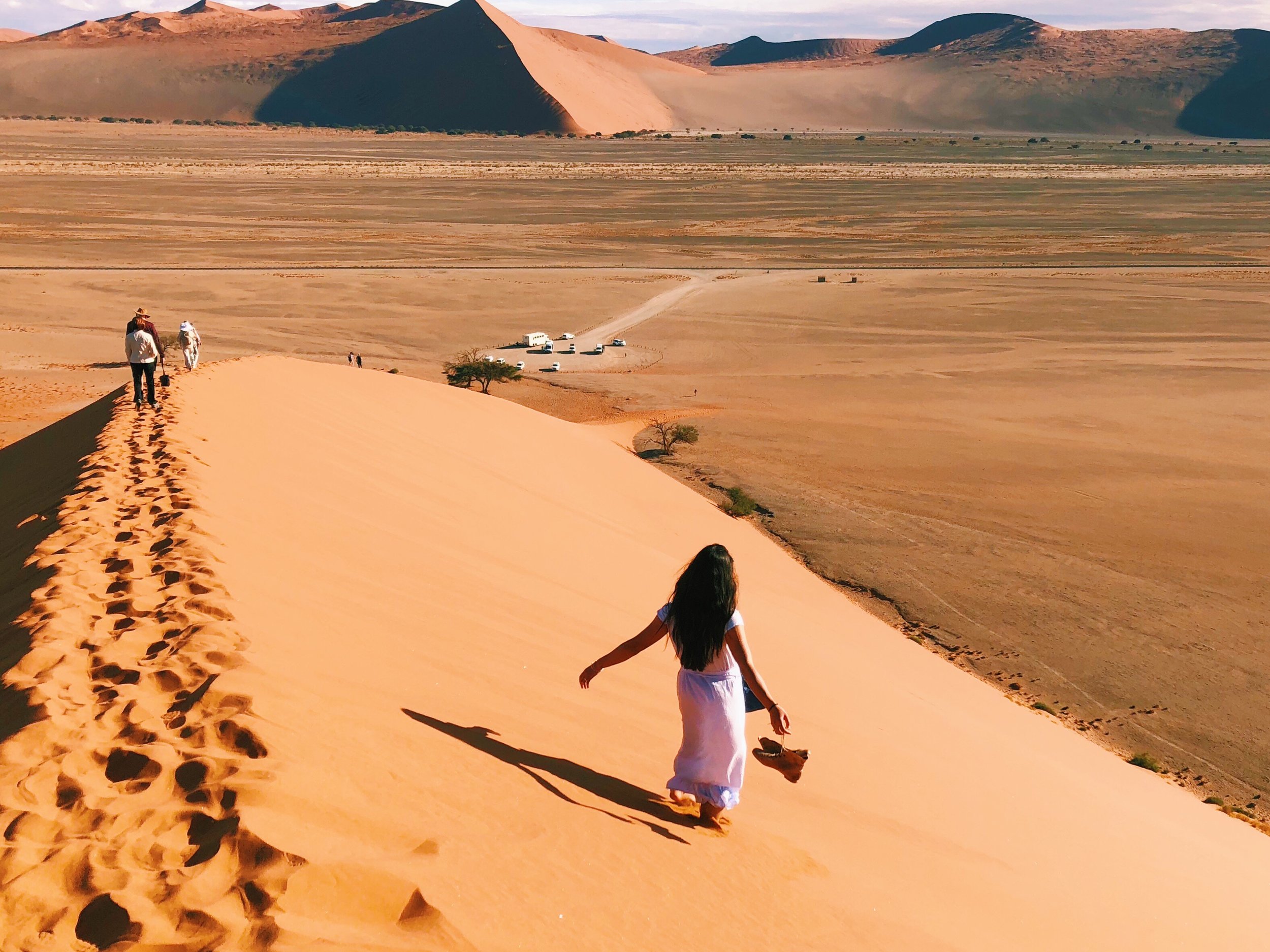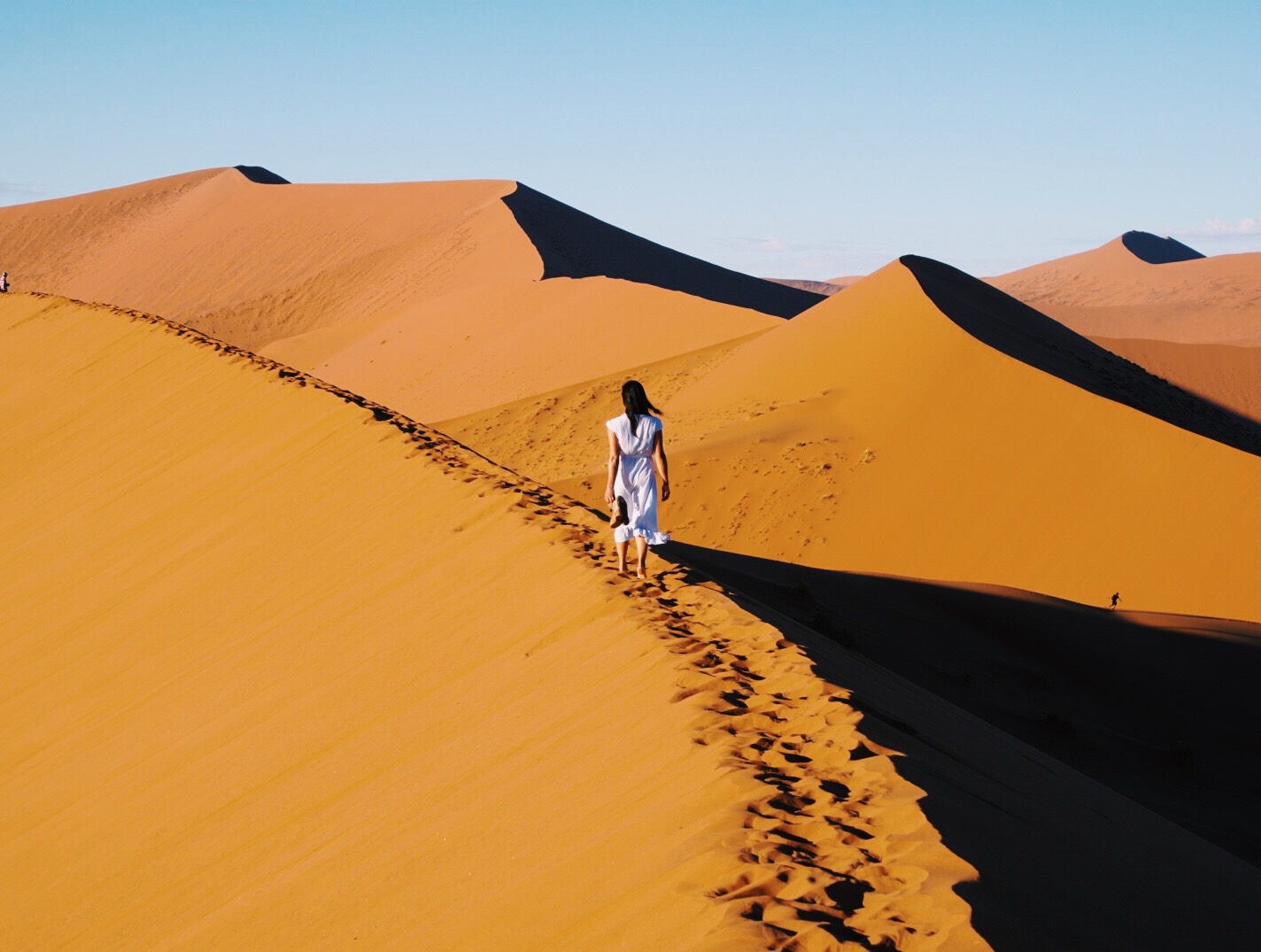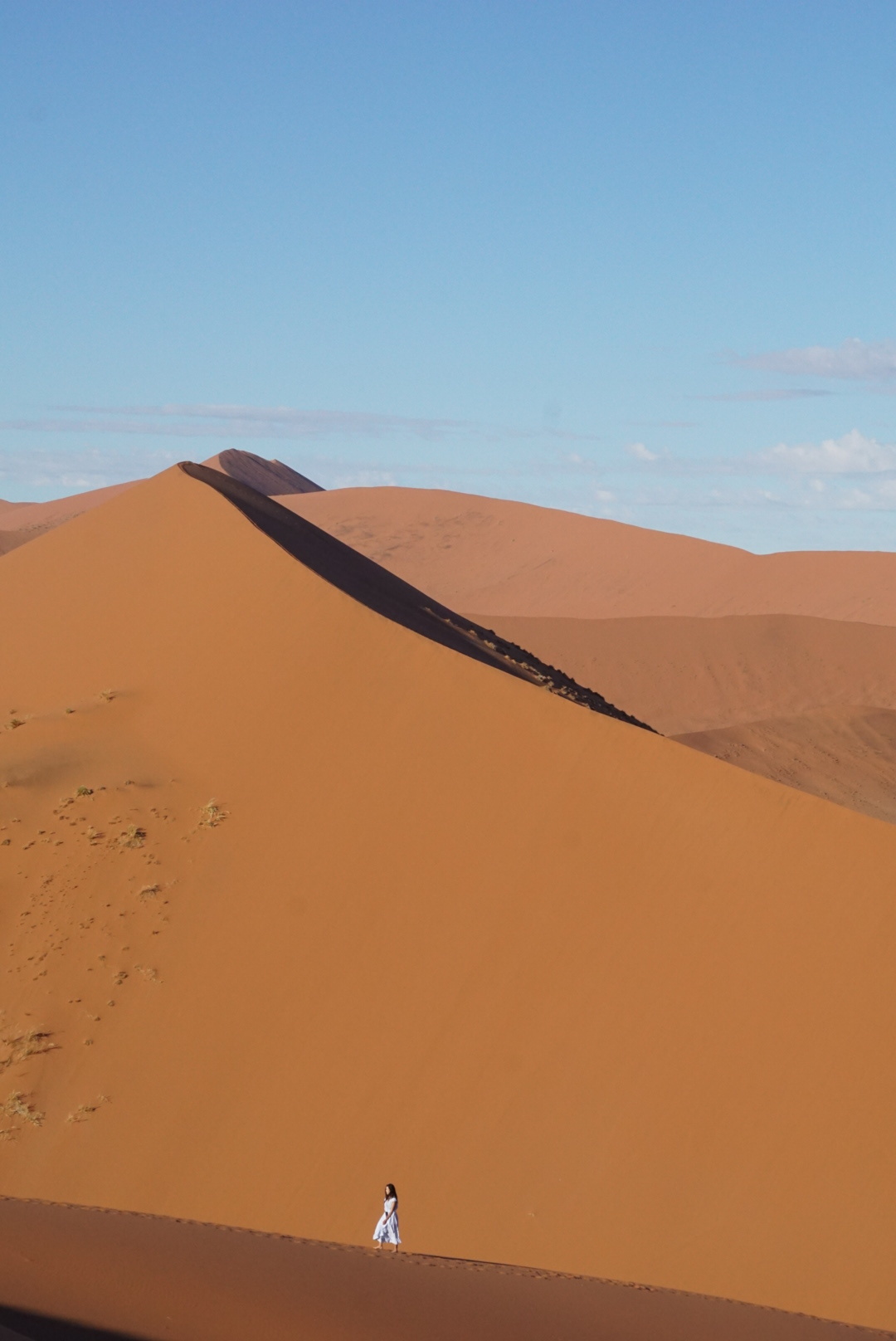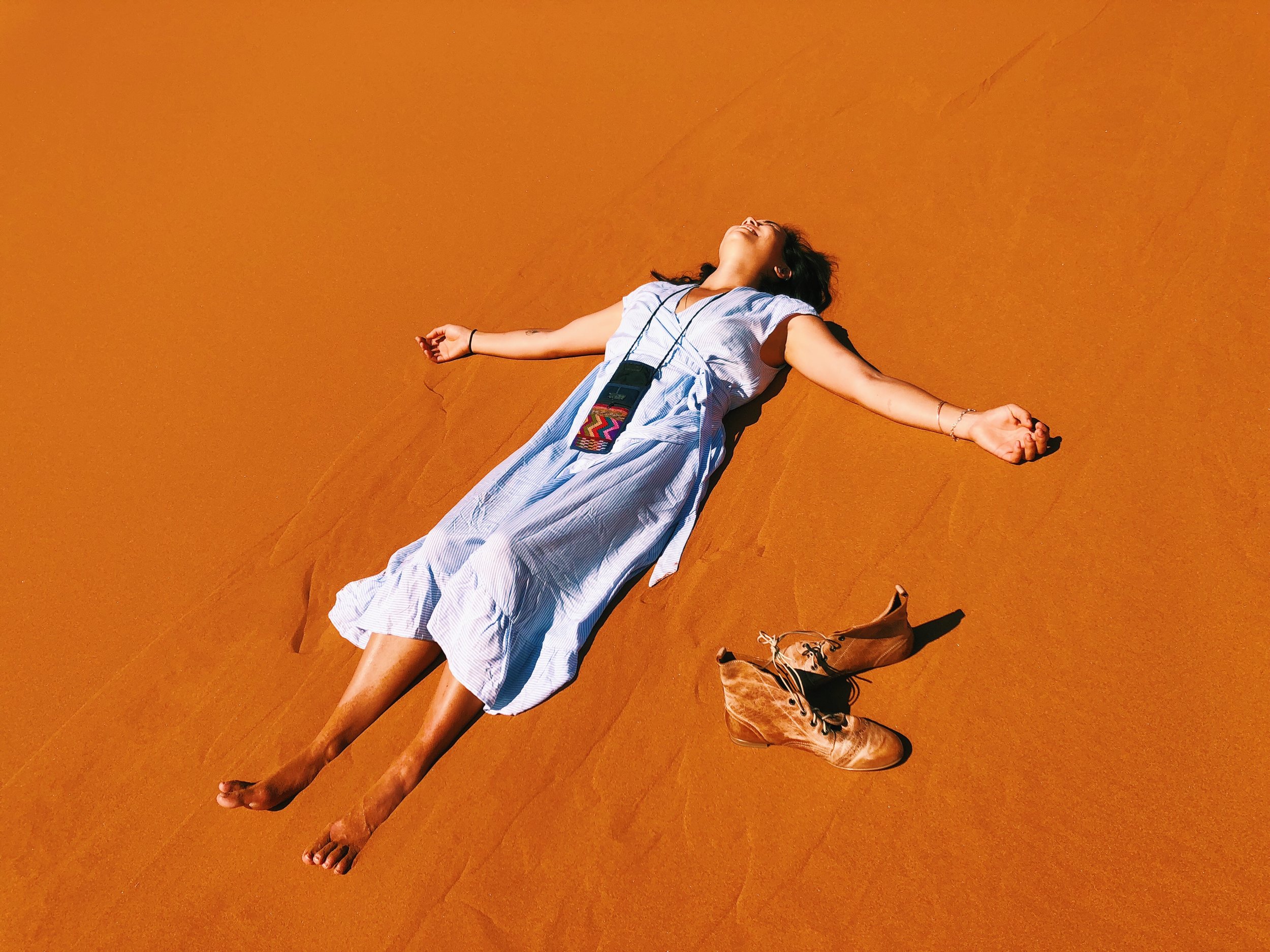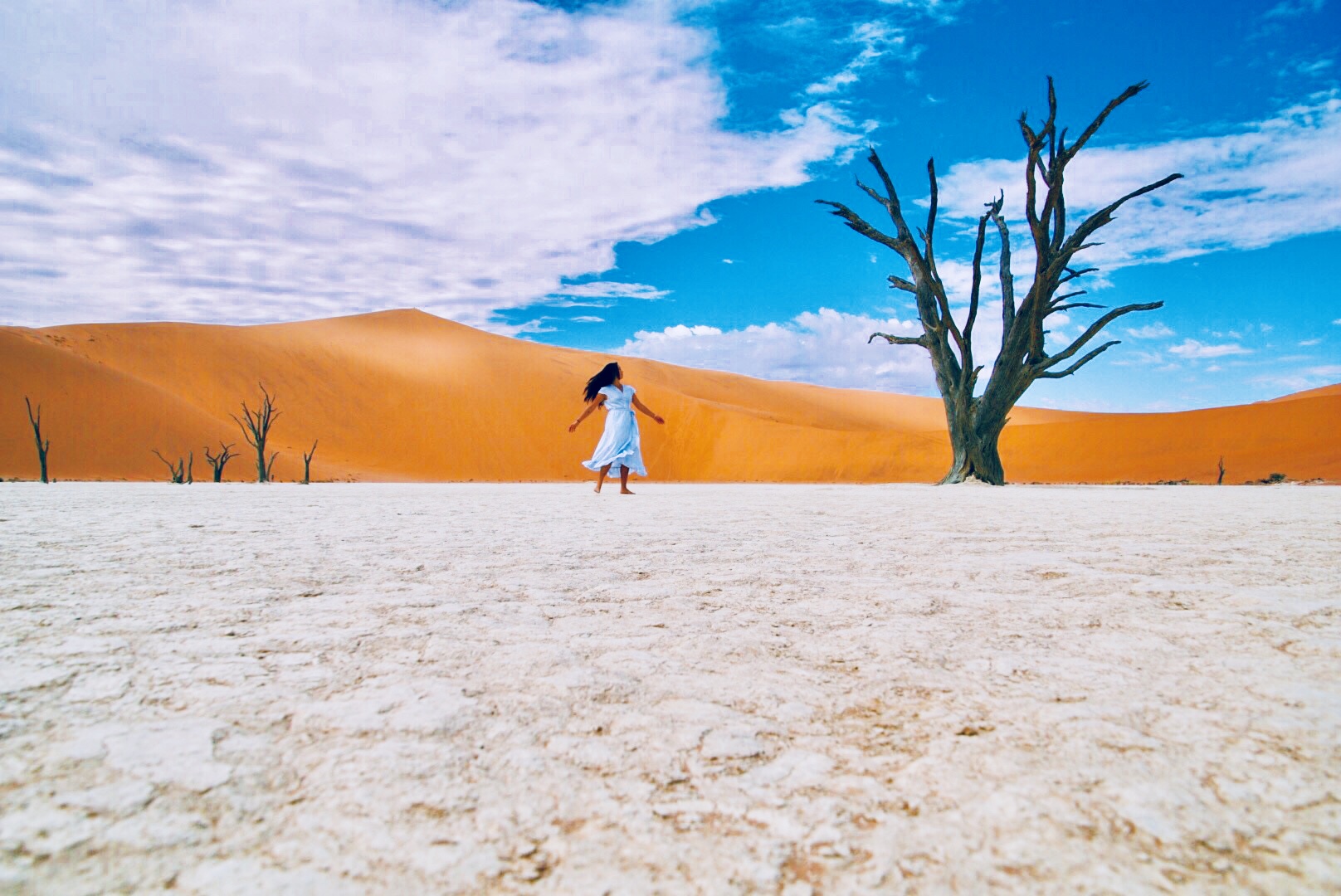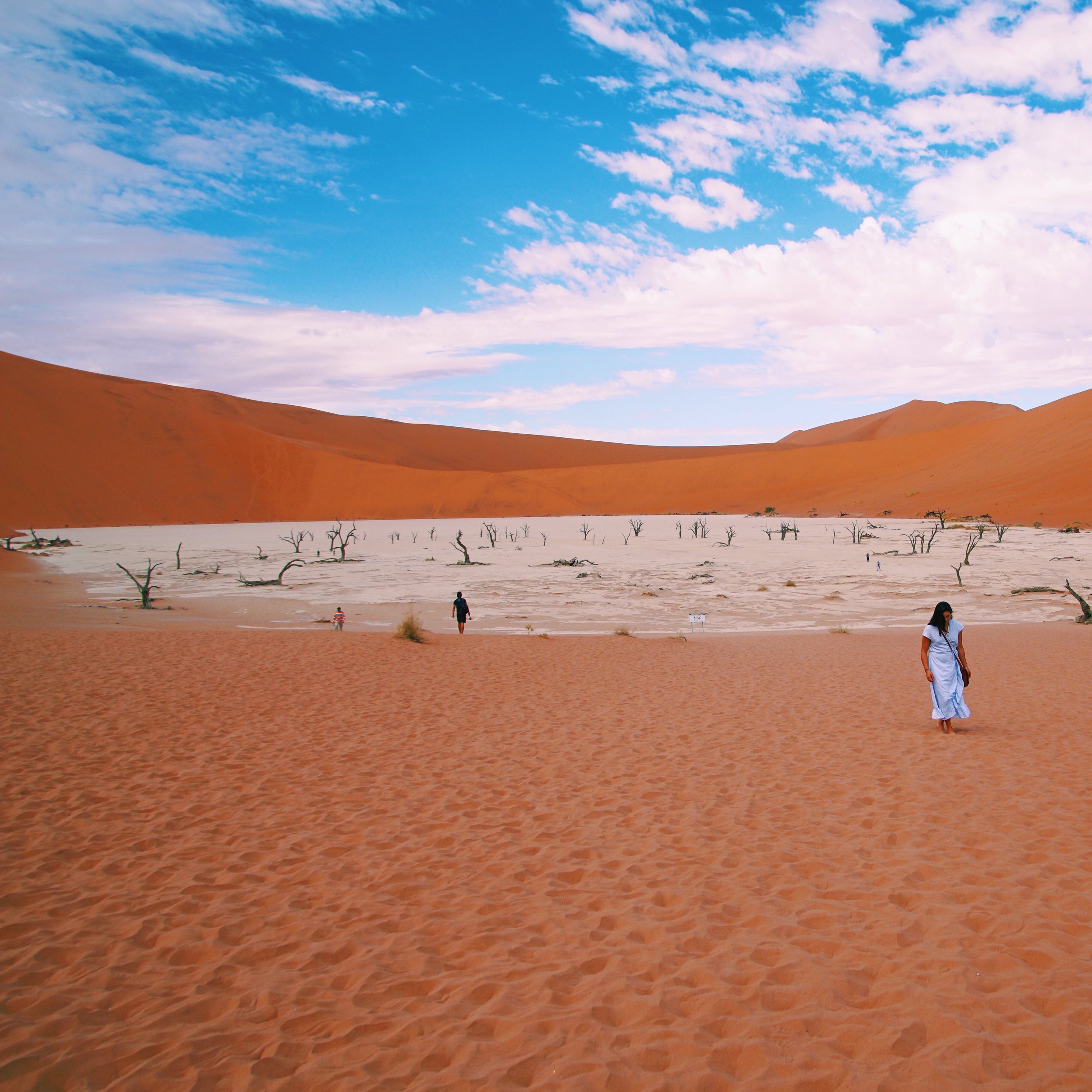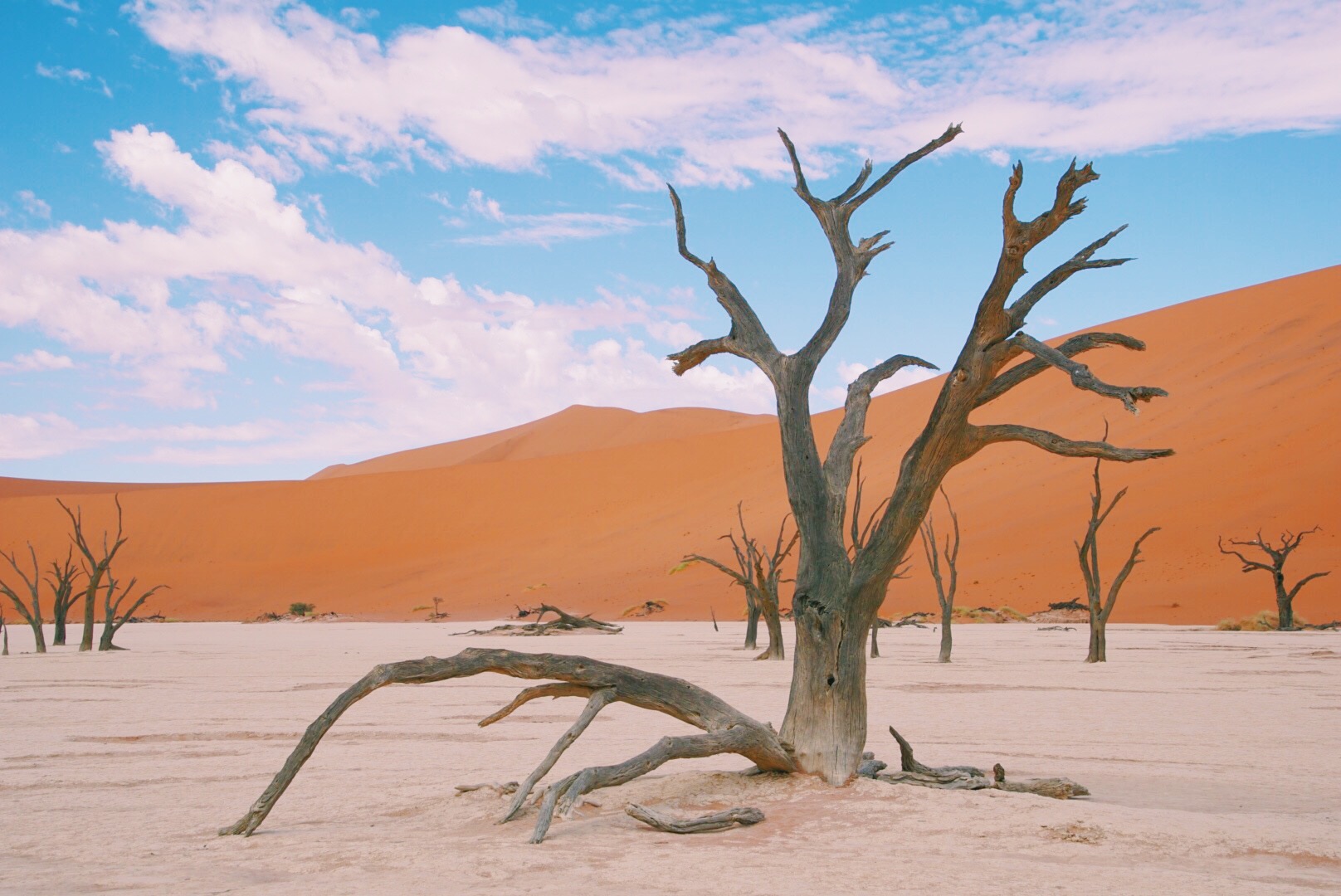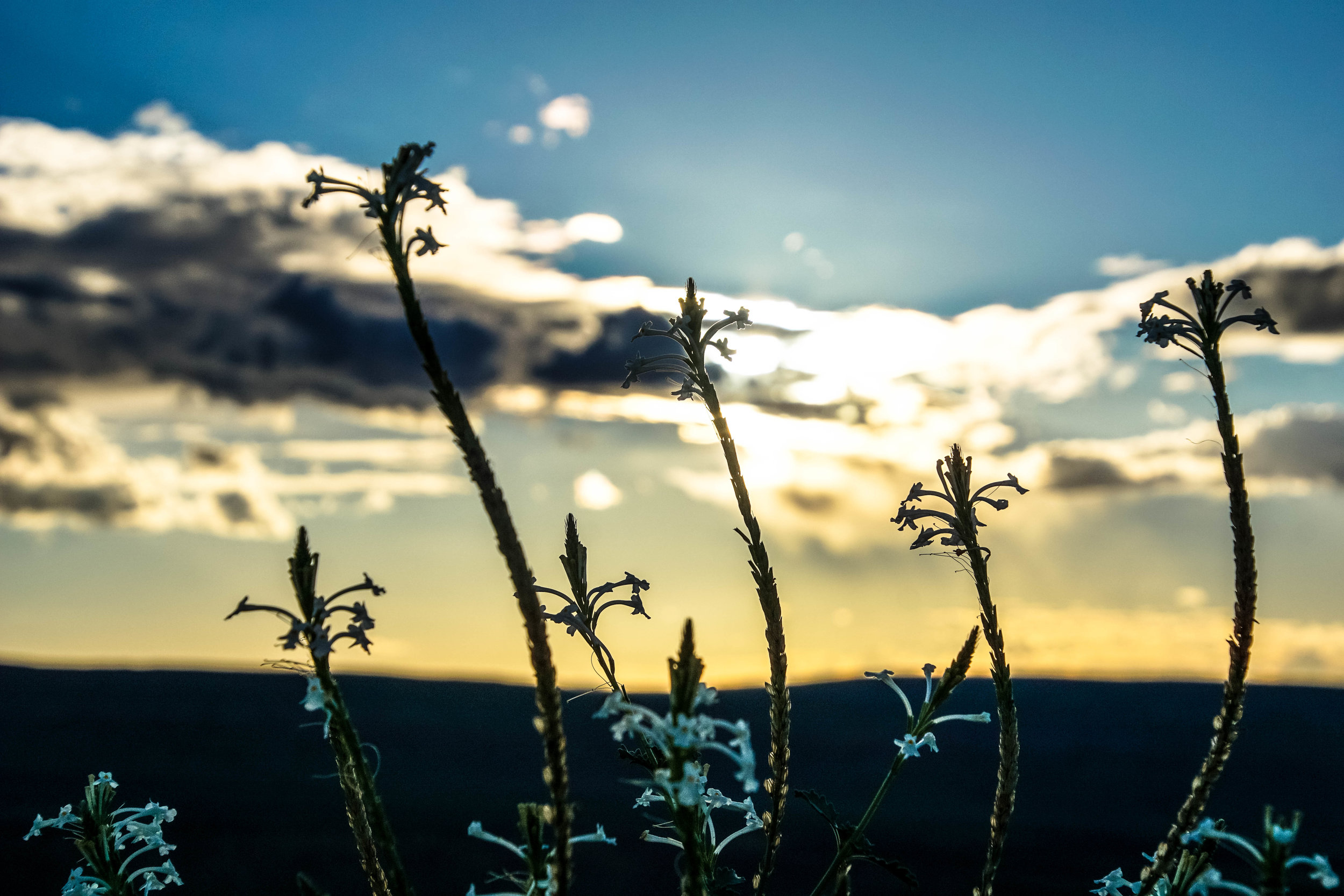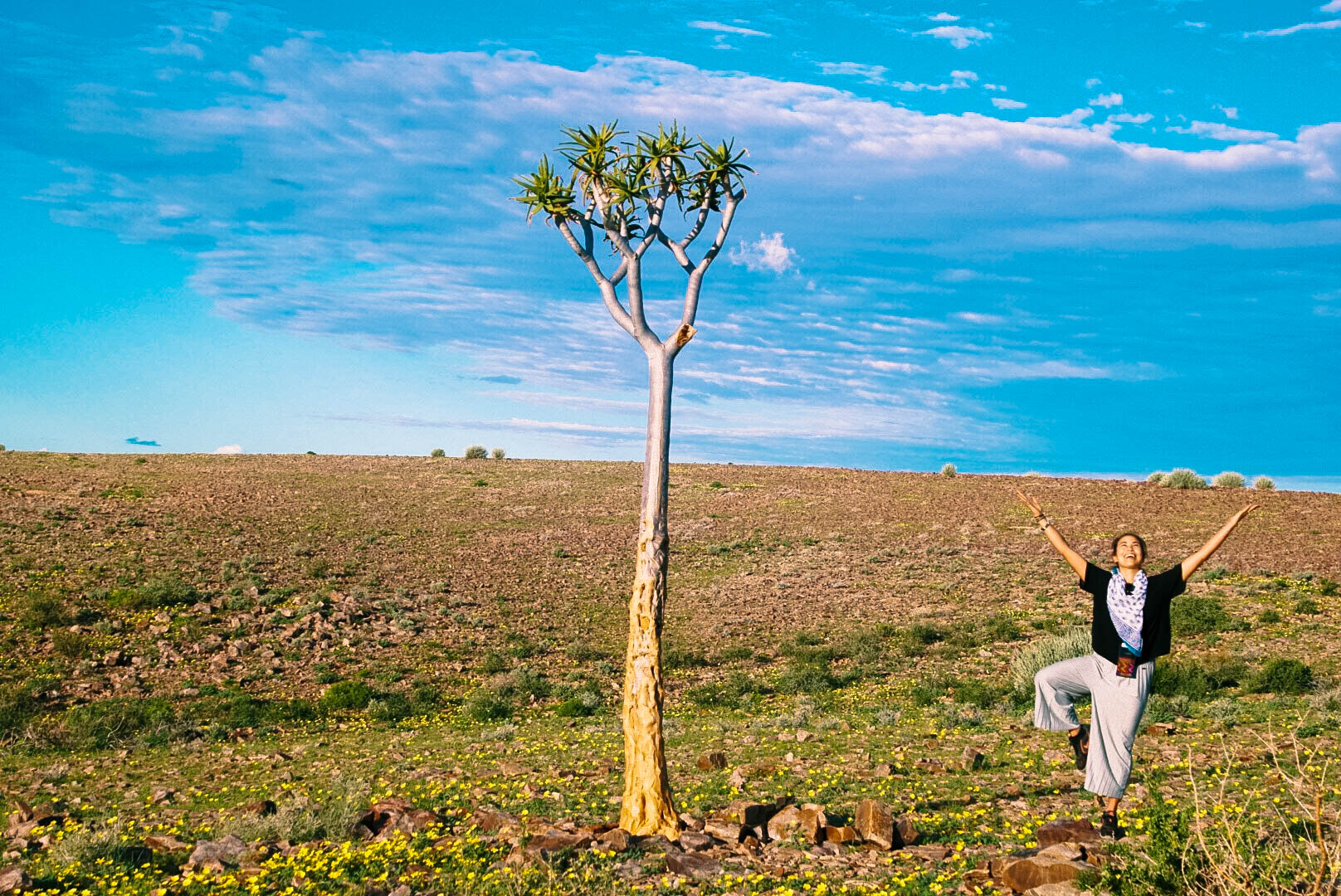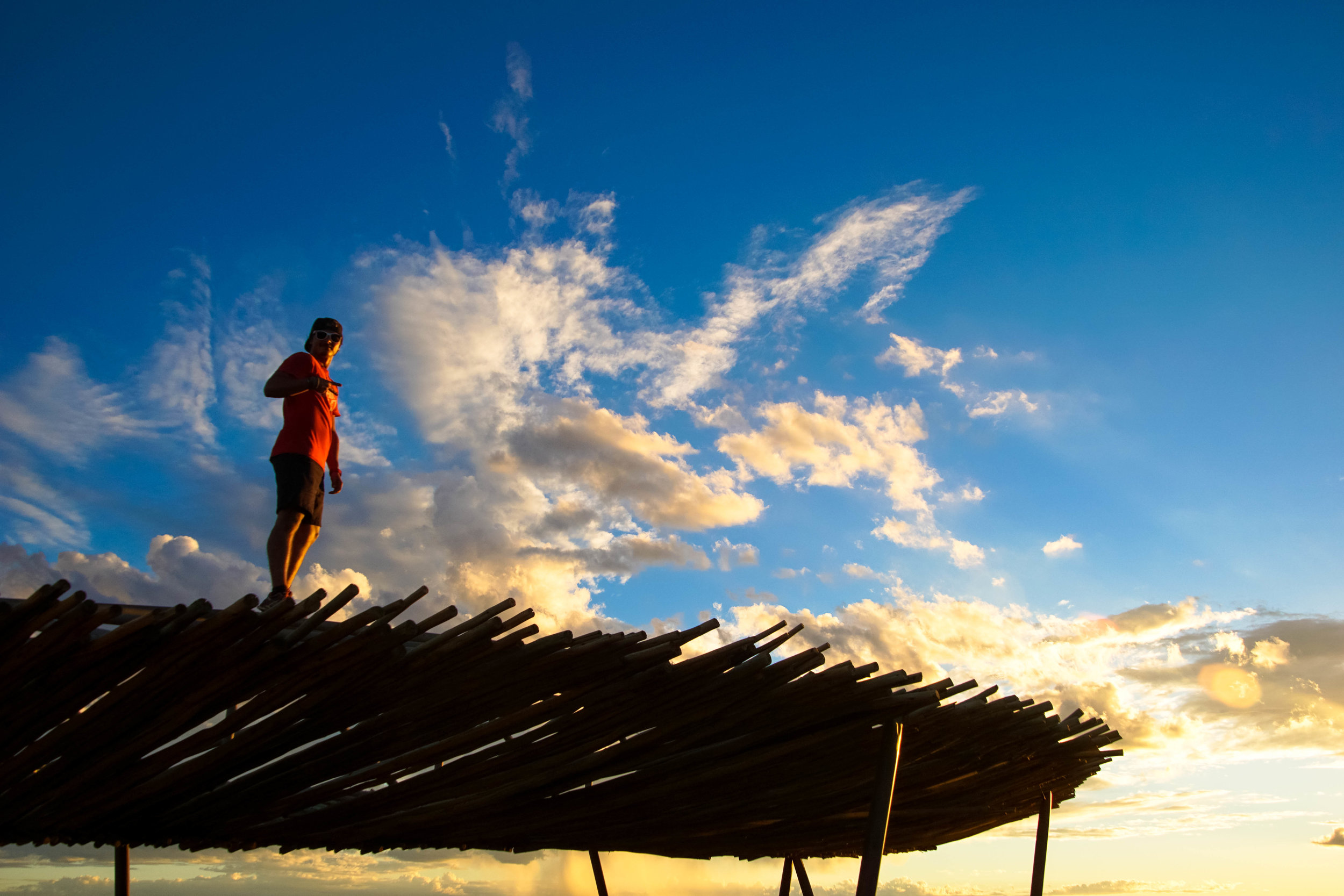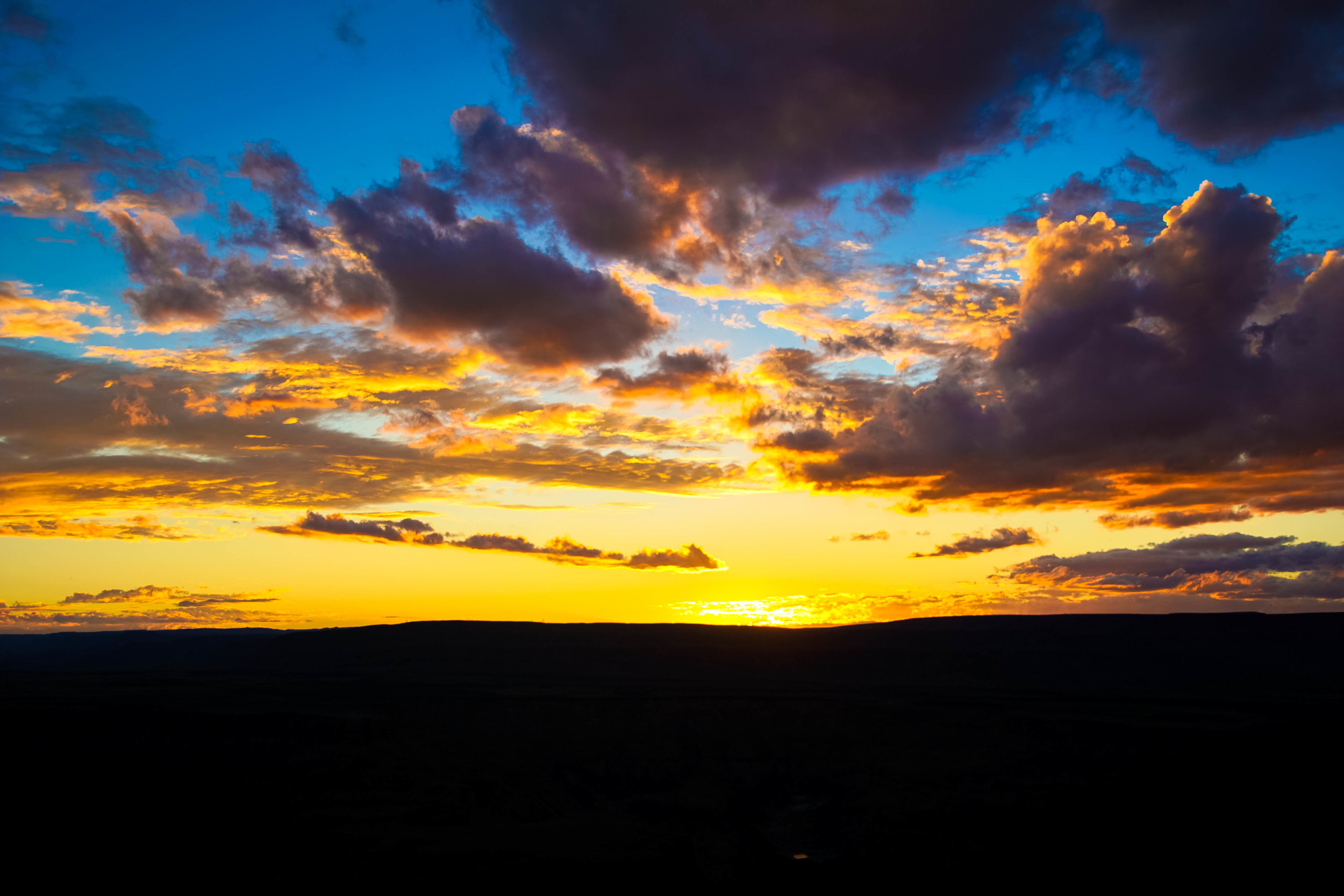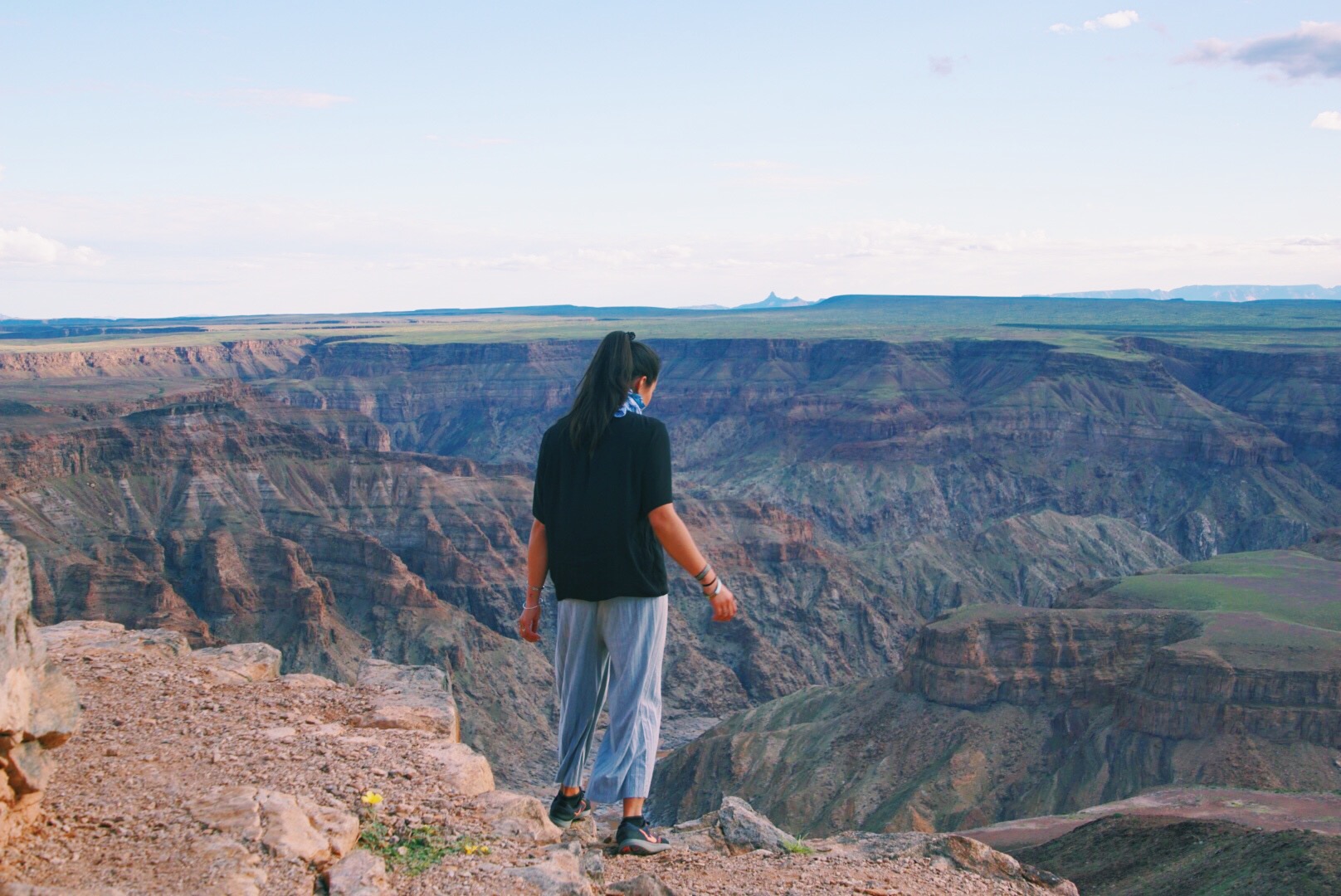Exploring Namibia with Nomad Africa Adventure Tours
Namibia offers vast, sprawling desert lands that are a feast for the eyes. Adventurers, photographers, and backpackers can all appreciate Namibia’s unique and breathtaking natural scenery, and I was lucky enough to experience the Western Coast of the country with Nomad Africa Adventure Tours. I chose to go on their Swakopmund to Cape Town camping tour and I loved it! While I did consider going to Namibia on my own and trying to figure out how to get from Point A to point B, I think it would've been nearly impossible (not to mention quite expensive) to do so. Not having to figure out how to get from one location to the next was a huge plus, and Nomad made the journey comfortable and highly enjoyable. Here is a recap of the best places we visited on the tour.
Swakopmund
I arrived during the late afternoon in Swakopmund, a beachy coastal town on the western coast of Namibia. The first night I had to find my own accommodation as I was meeting up with the Nomad tour group early the next morning. I ended up at Skeleton Beach Backpackers; it was a 20-minute walk from the main city center, but only a two-minute walk to this gorgeous beach front. I spent the first hour in my dorm room, catching up on emails and messaging friends until I lost track of time and realized I had just missed the sunset! I quickly grabbed my camera and headed out to the beach and stumbled upon these vibrant colors. It definitely set the tone for my trip in Namibia.
The next morning, I was supposed to meet up with my group at 7am a BnB only 15-minutes away by foot from the hostel. But when I arrived, no one from my group was there. With some help from the lovely woman at the front desk, I was united with my tour guide, Victor. That day, the group was scheduled to wander around Swakopmund and had the option of doing "extreme" activities such as skydiving, dune bashing, and sandboarding.
I opted for sandboarding with a company called Alter Action (you can find more information about them here) and it was SO MUCH FUN! It's a little bit like snowboarding, but when you fall, the impact isn't as intense as you're landing in soft sand instead of frozen snow.
They took us out into the Namib Desert, only a 20-minute drive from Swakopmund city center and we spent a few hours out there. It was so tiring having to go up the dunes each time as there's no such thing as a "sand lift" in the desert. I wasn't very good at it, but I had the best time and if given the opportunity to try it again, I would 100% do it!
Walvis Bay
On Day 2 of the tour, we drove from Swakopmund to Walvis Bay. The port city known for its thriving flamingo population and the best time to spot flocks of flamingos is during the warmer months, meaning January-March (aka the Southern Hemisphere’s summer season). Even though we were here in April, there were still a handful of flamingos sprinkled around the bay.
Tropic of Capricorn
From Walvis Bay, we headed towards the Namib-Nakluft Desert for a tour of the wildlife. But before we arrived in the desert, we stopped at the Tropic of Capricorn. The Tropic of Capricorn is the southernmost latitude where the sun can be directly overhead. It’s basically a sign in the middle of the desert but still looks very dramatic as a stand-alone point marking one of the earth’s geographical addresses.
Namib-Nakluft Desert
The Namib Nakluft Desert is the largest desert in the world; we would drive for long stretches of time and never see any other cars, proof of its extent. The day that we went on a tour of the desert, a guide explained the wildlife to us. In the desert, there aren't a lot of animals since only certain species can survive in such a climate. We spotted some oryx (a relative of antelope) and occasionally some zebras, but other than that, there were few animals spotted during the tour.
Desert wildlife is so fascinating; there are various species that have survived and thrived for centuries, evolving throughout time and adjusting the changing climate. If you scroll through the slideshow above, you'll see a closeup of a small bud. Our guide showed us this bud, initially closed off and appearing dead, but the instant he put one drop of water on it, the bud opened up. It just goes to show how evolved desert plants are.
Dune 45
The day that we went to Dune 45 and Deadvlei was by far the best day of the tour. I've never seen a landscape as breathtaking as Sosussvlei. We woke up early just to catch Dune 45 fight after sunrise and it wasn't like any other sunset I've ever experienced in my lifetime. The way the sun hit one side of the dune and cast a dark, cold shadow on the other was too incredible to describe. It's just something you have to see and witness first hand to even begin to comprehend the true beauty of that landscape.
Deadvlei
Immediately after Dune 45, we drove another 20-30 minutes until we arrived at Deadvlei. Translated from Afrikaans, Deadvlei means "Dead Marsh." We took a 4x4 to drive to the famous marsh, then walked through the dunes to finally arrive at the spot. The landscape there was extremely striking, but in a different way than at Dune 45. Where there used to be water, was instead dried clay, and sticking out of the dried white surface were dead trees as if they had been frozen in time. I heard someone say that the trees are 700 years old, then I heard someone else say they were 800 years old. Either way, that's pretty old. Seeing them up close like that was fascinating. If I had one word to describe the scene at Deadvlei, it would be surreal.
Sesriem Canyon
Leaving Sossusvlei area, we ended the day at Sesriem Canyon. Situated near the entrance of Namib-Naukluft National Park, the canyon is about 30 meters deep and was shaped by the Tsauchab River for over millions of years. The name, “Sesriem,” is derived from the Afrikaans language: “ses” means seven and “riem” means leather straps. Back in the day, early explorers used to use seven leather straps tied together to a bucket in order to gather water from the canyon down below. While we were there, the canyon was dried out, but itis often filled with water and wildlife during wetter seasons.
Fish River Canyon
The next day, we spent the entire day driving down to Fish River Canyon: the second largest canyon in the world after the Grand Canyon. We made it there just in time for sunset, making it perfect for us to see incredible sky reflections in the river running down below. There was also a hiking trail that ran along the canyon which is a popular route for those who are physically fit and well-equipped with both hiking and camping gear. At 88km long, there are no shortcuts for this hike that was said to take about five days. We ended up walking along the 2km path that ended at a viewpoint from where we watched the sun go down.
From there, we headed to our campsite at the Orange River. I stuck my head out of the window as we drove through the desert and the sky continued to darken. I could see lightning striking down in the distance, and even spotted a few zebras and oryx hiding in the bush. That feeling of driving through at night, wind blowing hard through my hair, was a moment I'll never forget. I was so free!
Orange River
On the second to last day of our tour, stayed at the Orange River. Some of our group chose to go canoeing downstream and the weather was perfect. When you're in the middle of the river, you can see Namibia to your right and South Africa to your left. Kayaking downstream took around four hours. We spotted some odd looking birds known as snake-birds. One person in my group thought they were birds and I thought they were snakes, but it turned out we were both right. Snakebirds...who knew?
The following day, the tour had come to end...almost. We drove back to Cape Town through the border, but before dropping us back off at Nomad's tour office, we went for a brief wine tasting at a vineyard in Cederberg. When we finally arrived back in Cape Town, I was exhausted and all I wanted to do was sleep. But, I'm so glad I went on this tour. It was one of my favorite trips I've ever taken and would recommend it to anyone, especially photographers. Namibia was spectacular and I hope I get to go back there again and explore the northern region.
If you interested in going to Namibia with a tour group, I'd recommend Nomad Africa Adventure Tours. This is not a sponsored post - I just really enjoyed the tour. Feel free to message me with any questions!
xx - Steph





